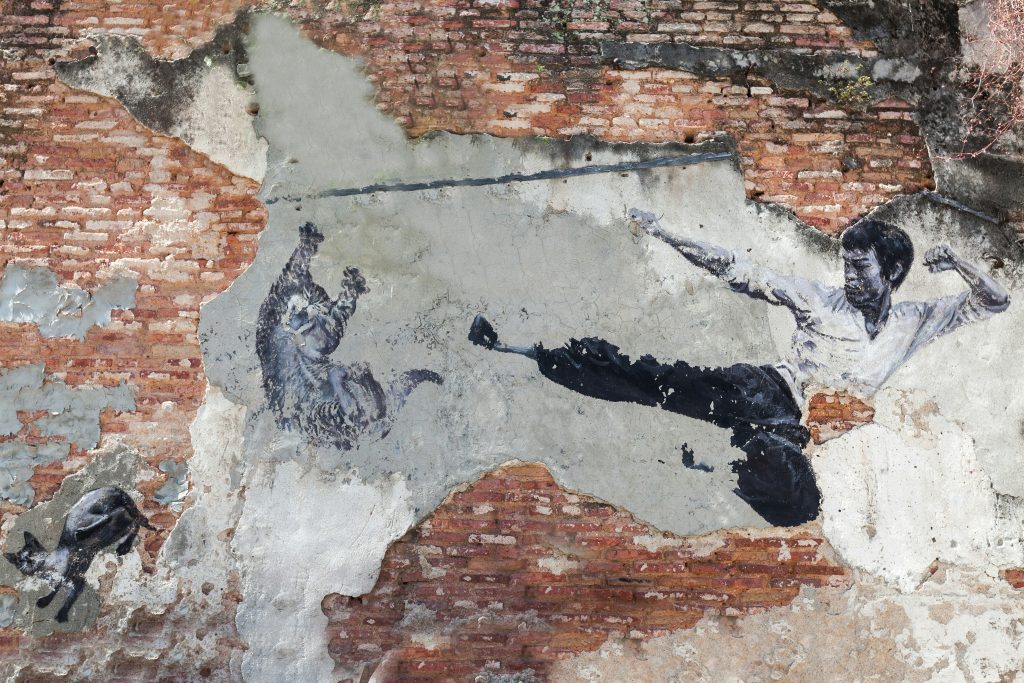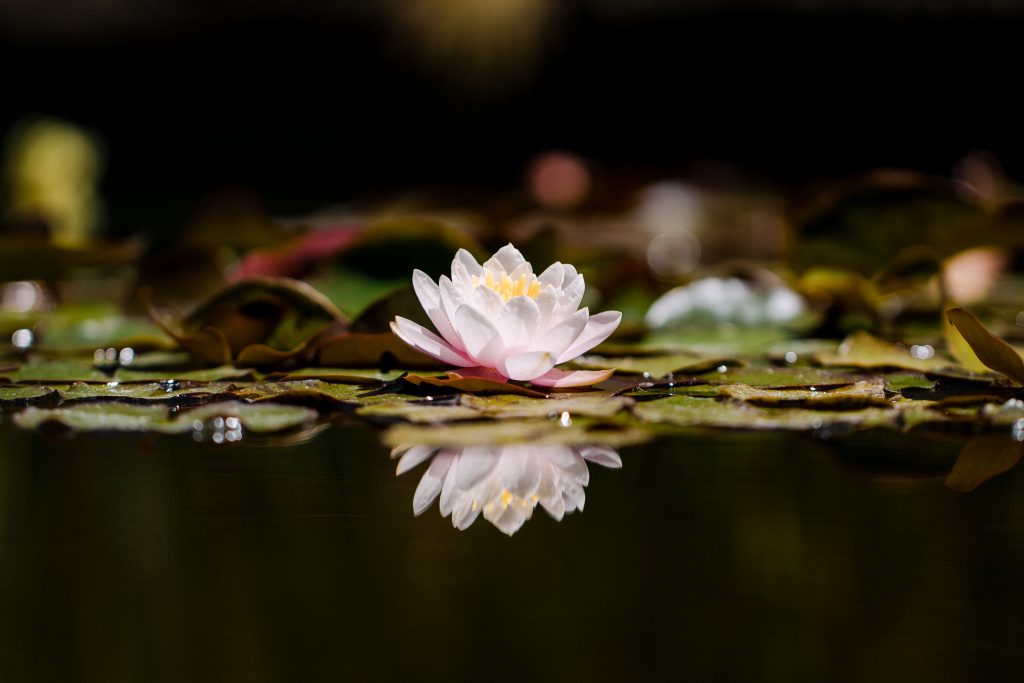Unless stated otherwise, all translations of Chinese terms and phrases are my own. As for the Chinese titles of wuxia novels, their most widely-accepted English translations are adopted in this article.
A clumsy yet loveable young Chinese man of seemingly lowly origins is somehow roped into a grand conflict, receives training from masters in the martial arts, and embarks on a journey of self-discovery while combating equally skilled opponents. If this sounds like the trajectory of Po from Kung Fu Panda or Shang-Chi in his titular Marvel Cinematic Universe movie, you’re not wrong. Yet what these Hollywood films often gloss over, especially for Western audiences, are their own roots in a greater narrative tradition within Chinese literature—namely, that of the wuxia novel.
The term wuxia is a binome consisting of two Chinese characters: 武 (denoting ‘martial force’, or ‘the use of arms’) and 俠 (let’s translate it as ‘chivalry’ for now). Combining these two meanings, the genre centres on people well-versed in the martial arts, following their experiences as they roam through Chinese society and conduct virtuous or distinctly un-virtuous acts. Like the internationally famous action stars Bruce Lee and Jackie Chan, wuxia novels draw upon traditional Chinese martial art disciplines such as tai chi and Shaolin kung fu; unlike the films starring these stars, which pit their martial arts training against secret agents and modern crime-rings, conventional wuxia narratives tend to adopt the historical setting of a pre-industrialised China.

Source: Yaopey Yong on Unsplash
While wuxia stories may be fundamentally historical in nature, it is impossible to understate their literary and sociocultural importance among contemporary Chinese communities. To illuminate this, we only have to consider the sheer influence of one particular writer: the late Louis Cha, pen name Jin Yong (the surname Jin is placed first in Chinese), author of 15 wuxia novels and father of the genre as we perceive it now. By serialising his works in the newspapers of 1950s-60s Hong Kong, Jin popularised the genre alongside Gu Long and Liang Yusheng—the other members of the wuxia ‘Holy Trinity’—and inspired almost every wuxia writer that has followed. His already impressive corpus of 15 novels has also given rise to a whopping count of almost 120 film and television adaptations, with further productions of his most famous book, The Legend of the Condor Heroes, upcoming in both forms of media (film adaptation; television adaptation).
Jin’s novels were published at a time when Hong Kong was still firmly under British colonial governance. Their rich portrayal of Chinese history, philosophy, cultural practices, and of course—martial art traditions—therefore played a key role in forming and cementing the collective cultural consciousness of the colonised Hongkongers. Wuxia soon began gaining traction in both Hong Kong and the Chinese mainland, as well as among overseas diasporic populations, who similarly latched onto Jin’s novels as a link to their heritage and identity. While Owlcation testifies to the popularity of wuxia by categorising it under the mass-marketed genre of ‘pop-fiction’, this label is also massively reductive—it disregards the very origins of wuxia’s popularity in a deep connection to Chinese culture, embedded within the narrative foci on fighting warriors and heroes. BBC and the Guardian have proposed J. R. R. Tolkien as a Western equivalent to Jin’s cultural status in China; although scholars like Hui have challenged such blank, direct comparisons, they nevertheless attest to both the cultural significance and literary value of wuxia novels. In fact, like Tolkien, Jin enjoys a specific field of literary scholarship devoted entirely to his works—Jin Yong-xue, or ‘the study of Jin Yong’.
Yet despite the well-known, much-revered status of wuxia novels in China, and even wider Southeast Asia (see this article for their popularity in Thailand), it is probably safe to assume that most of the Western literate population has never picked one up in a bookstore or library. This is as much due to translators and publishers as readers: Wu lists 8 translations of Jin’s novels in English and French as of 2020, an abysmal number that can be counted by hand and is completely disproportionate to Jin’s massive influence (remember the 120 media adaptations?). Writers besides Jin are further relegated to positions of utter neglect—Gu Long has only 1 official English translation. This lack of interest in wuxia manifests in the scholarly sphere as well: despite the aforementioned recognition by Western media of Jin’s literary importance, anglophone academics and Sinologists have produced minimal scholarship on both his novels and the wuxia genre as a whole.
Among Westerners who have read wuxia novels, however, Wu reports a generally positive perception and feedback. It’s not that wuxia narratives would be entirely unenjoyable to a Western audience, then, but perhaps that they are difficult to approach and access instead in the first place—and as long as translators themselves also share this opinion, anglophone readers will probably continue to be minimally exposed to the genre. So what are the obstacles complicating the translation and dissemination of these beloved Chinese novels? What is so intimidating, off-putting or simply difficult about wuxia?

Source: Jason Leung on Unsplash
Let’s look at one of my favourite characters as an example: 黃蓉, or Huang Rong in anglicised form, from The Legend of the Condor Heroes. Almost every girl in my class wanted to become her when we grew up, because we admired her flashing wit and her somehow elegant execution of whacking and walloping moves against villainous men; I in particular loved her for her name, and how it so beautifully encapsulated all of these attributes. 蓉 (Rong) signifies a lotus in Chinese, and there are translations that have tried to highlight this beautiful imagery by directly translating her name as Lotus Huang . But for lovers of Chinese literature, this surface-level delineation of literal meaning is still wildly insufficient: what had attracted me as a child was the lotus’ connotations of an ability to remain virtuous and dignified even within a morally corrupt environment; how Jin was telling us ‘yes, this is the ideal person you should love and aspire after’ in not only Huang’s actions, but also on a more fundamental level. For the typical Western reader, who wouldn’t have grown up learning the classical Chinese text 愛蓮說 (‘On the Love of the Lotus’) by heart or been steeped in years of Confucian and Buddhist learning, these symbolic significances would be quite literally lost in translation.
Okay, you might be thinking. I’m not sure how necessary such a deep understanding of Huang Rong’s name would be to our reading of her character, but either way, can’t we just add an explanation in the introduction or footnotes as most translated texts do? The answer is yes, but also no: one of the features that sets wuxia novels apart from, say, novels set in modern times, or even Chinese poetry—a genre that would require quite extensive notes and references—is their sheer abundance of proper nouns. A single wuxia novel usually includes over a hundred named characters, who may also have various different titles; furthermore, these characters originate from and visit specific places, are trained in specific martial sects or schools, and, most prominently, have specific names for their signature moves. For instance, not only does Jin frequently bring up in his texts the famous 降龍十八掌 (‘Eighteen Dragon-Subduing Palms’) practised by Guo Jing, Huang Rong’s later-husband, he also names each of the eighteen moves after idioms or quotes from the ancient divination text 易經 (‘The Book of Changes’). Aside from the dense appearance of these proper nouns and titles, wuxia novels are also just incredibly long—most are divided into at least 2 volumes; the usual number is 4 or more. To gloss all of these names and their individual cultural backgrounds or significances would be both impractical for the translator and also—let’s be honest—confusing and uninteresting for the average reader. It seems inevitable that certain translational and cultural nuances would have to be sacrificed.
Part II of this article may be found here.
Featured image: billow926 on Unsplash